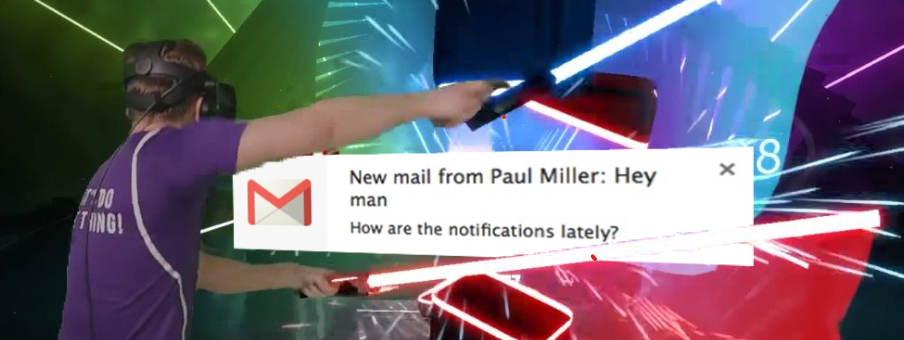
While virtual reality (VR) offers immersive experiences, users need to remain aware of notifications from outside VR. However, inserting notifications into a VR experience can result in distraction or breaks in presence, since existing notification systems in VR use static placement and lack task and environment awareness. We address this challenge by introducing a novel notification placement technique, Goldilocks Zoning, which leverages a 360-degree heatmap generated using eye-tracking data in order to place notifications near salient areas of the environment without obstructing the primary task. To investigate the effectiveness of this technique, we conducted a dual-task experiment comparing Goldilocks Zoning to common notification placement techniques. Our findings reveal that for simple iconic notifications, placing the notification within the user’s visual field is more critical than choosing an ideal location. The findings also demonstrate the feasibility of utilizing eye-tracking history as a proxy for understanding user attention and task engagement in the VR setting.
